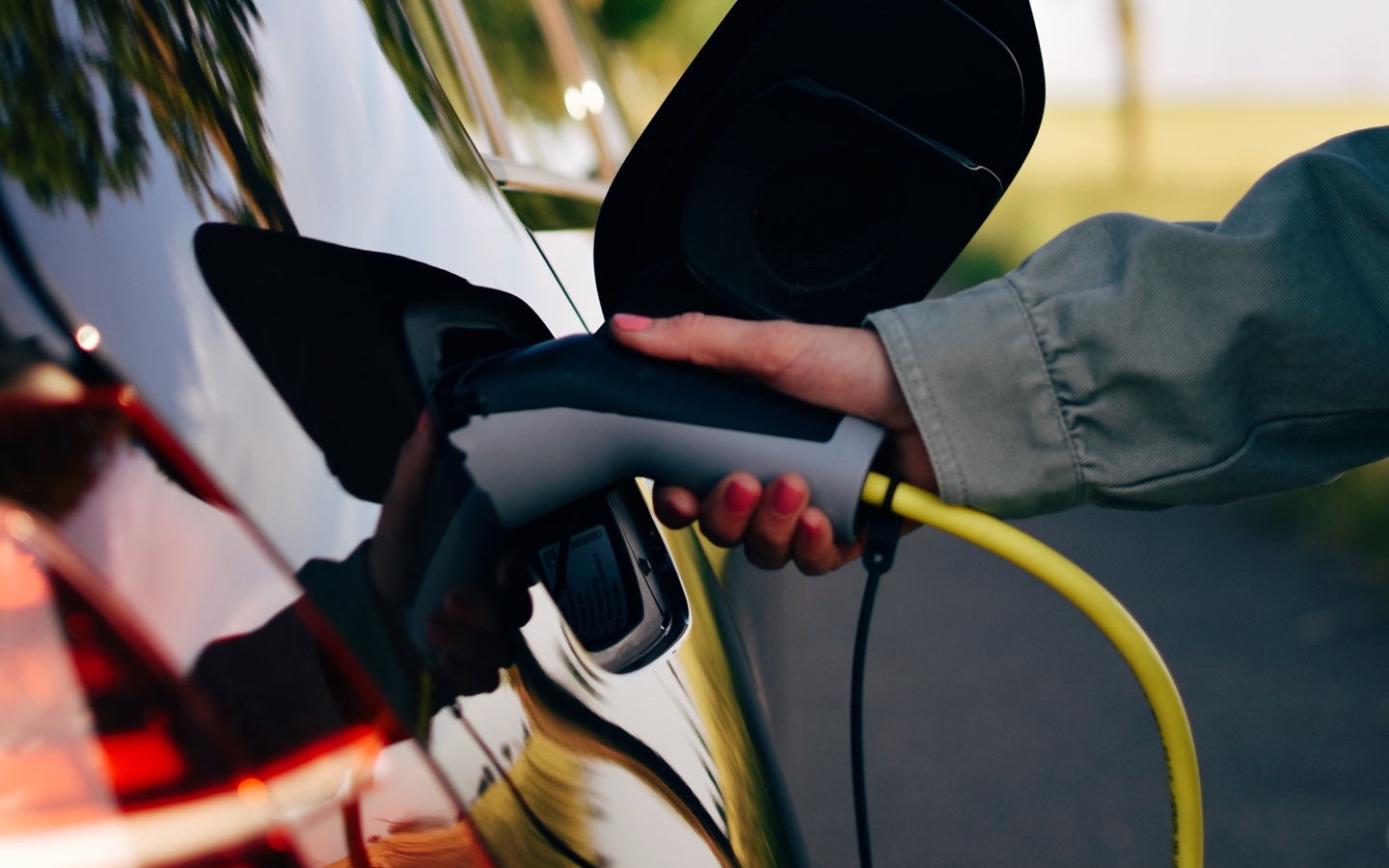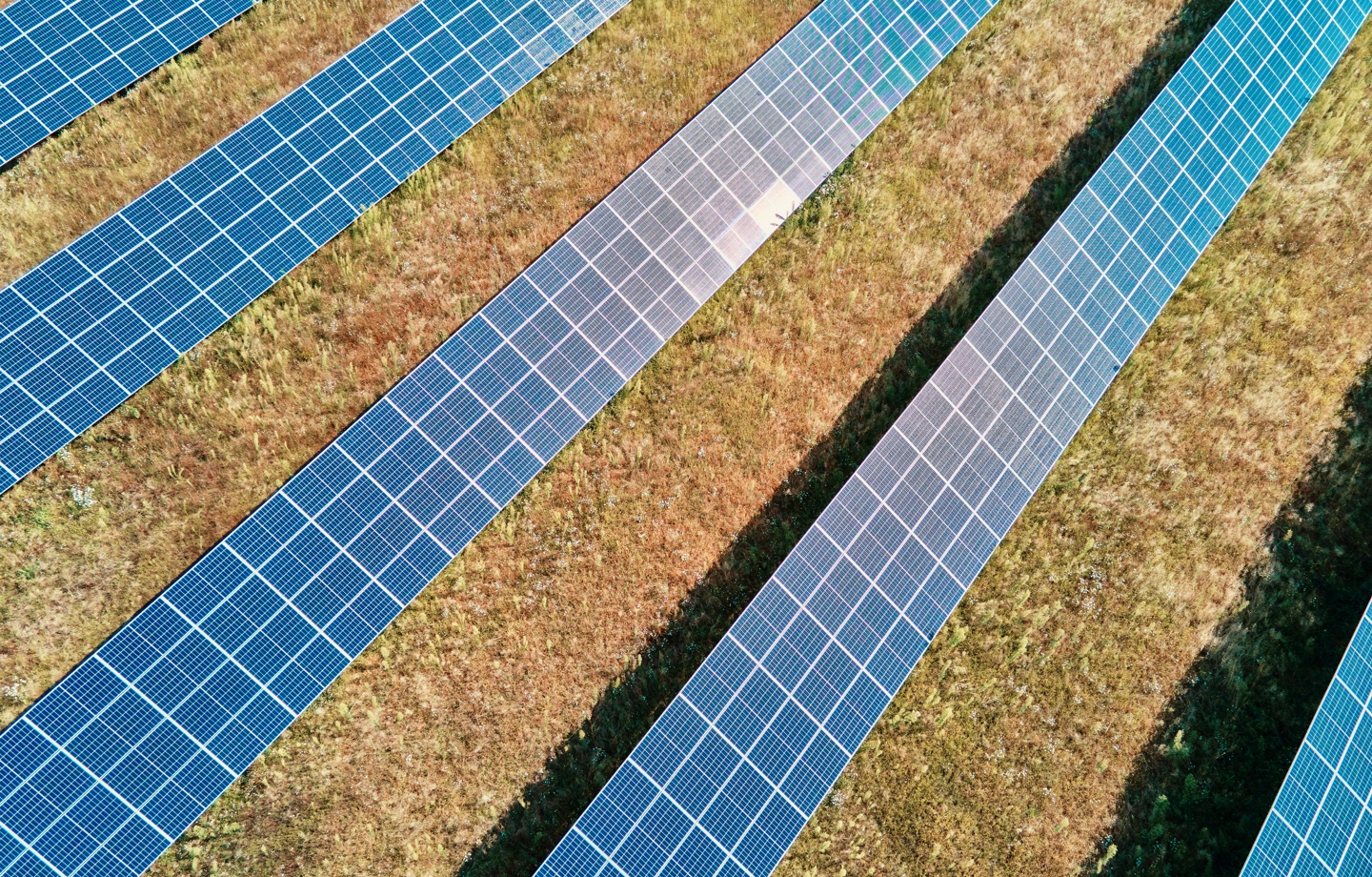Hydrogen energy has the potential to become an impactful clean energy resource, but it may take years before the emissions-free fossil fuel alternative can compete with wind and solar.
This is the latest in our ‘What It Means’ series, where we unpack the meaning and value behind important sustainability concepts. Explore previous articles in our series: What is a Carbon Tax?, What are Biodegradable Products?, What is 1% for the Planet?, and more.
Green hydrogen is all the rage in international policy and climate advocacy these days; it’s been called one of our “best weapons” in the fight against climate change. But is it really all it’s cracked up to be?
In 2020, the European Union announced they’d be investing nearly $550 billion into green hydrogen energy by 2030 to help achieve the goals of their Green Deal. The U.S. Department of Energy also recently put $52.5 million toward the research and development of clean hydrogen energy sources. Today, there are hundreds of projects being launched that focus on using hydrogen as a clean power source instead of fossil fuels.
Green hydrogen energy is produced using electrolysis to split molecules. Hydrogen is the most plentiful molecule in the universe, but you have to divide it out from water or fossil fuels to make it useful as an energy source, which can then be converted into a liquid or gas form and used as electricity or fuel. But not all hydrogen components are equal. Gray hydrogen is made from separating hydrogen from natural gas, which actually generates more greenhouse gas emissions than burning diesel.
What climate activists want to focus on is green hydrogen energy, which is emission-free. However, less than five percent of the hydrogen produced is green and it costs about twice as much to produce as the gray version. One common example of green hydrogen energy production is an electrolyzer, which uses electricity to split water into hydrogen and oxygen. If the electricity comes from sources like wind and solar, the hydrogen is emission-free. Up until recently, electrolyzers were mostly added to gas stations to serve vehicles that run on hydrogen — but now, with added investment, the possibilities are endless. Advocacy groups have been pushing to install electrolyzers in large, industrial-scale facilities or to put them on wind and solar farms to produce extra energy for the grid.

Read more: What You Need to Know About the Wind Energy Revolution
One power company that makes electrolyzers is ITM. But the company actually loses money right now — and investors are still lining up because they find the idea of green hydrogen energy to be so intriguing. Analysts have reported that a $65 billion market for equipment like the electrolyzer could pop up in the next decade, as interest expands.
Here’s the thing: Hydrogen energy has massive potential as a clean energy source. It’s abundant and its supply is endless. It can be used where it’s produced or it can be transported, and it can be stored in large amounts for a long time. It can power household appliances through fuel cells, and it can charge electric vehicles and devices. Unlike batteries, hydrogen fuel cells don’t need to be recharged, either. But the green hydrogen energy industry is still in what experts have called “the toddler stage.”
Right now, green hydrogen energy is prohibitively expensive. Researchers have predicted that green hydrogen may be inexpensive enough by 2030 to compete with other sources of energy, but there’s still much work to be done. In fact, for customers to purchase hydrogen energy today — even at an elevated price — the government would still need to subsidize the entire field. The industry will also need to build in new regulations and better infrastructure, and they’ll have to offer a bucket load of education so customers can even understand what green hydrogen energy is. There’s also the issue of creating products that can use green hydrogen energy; although some cars can use this fuel, most efficient vehicles still use battery power.

Read more: Are Solar Co-ops the Future of Clean Energy?
Industry projections “are overly optimistic about how easy this is going to be,” Stephanie Searle, fuels program director at the International Council on Clean Transportation in Washington, told the New York Times. “It’s going to take a lot of commitment to get there.”
Still, advocates and industry professionals are optimistic. “In 50 years, I believe that hydrogen is going to be a very integral part of our life,” Haim Israel, global strategist and head of thematic investing at BofA Securities, told CNBC. “If we are serious about decarbonization, we just have no choice but to have hydrogen in scale.”
Have feedback on the story? Email us at [email protected] to let us know what you think!

Shop Pillows
The Essential Organic Pillow Collection
Gentle, breathable, non-toxic support.





